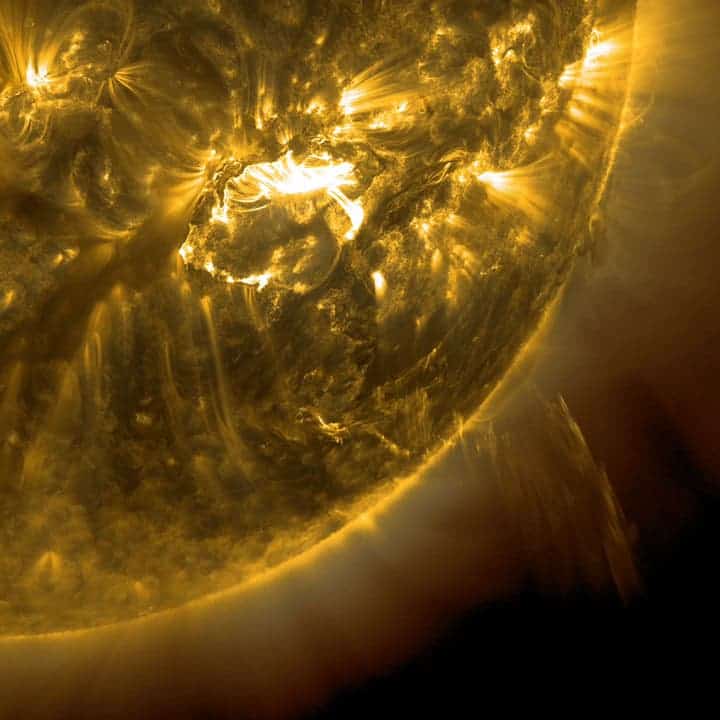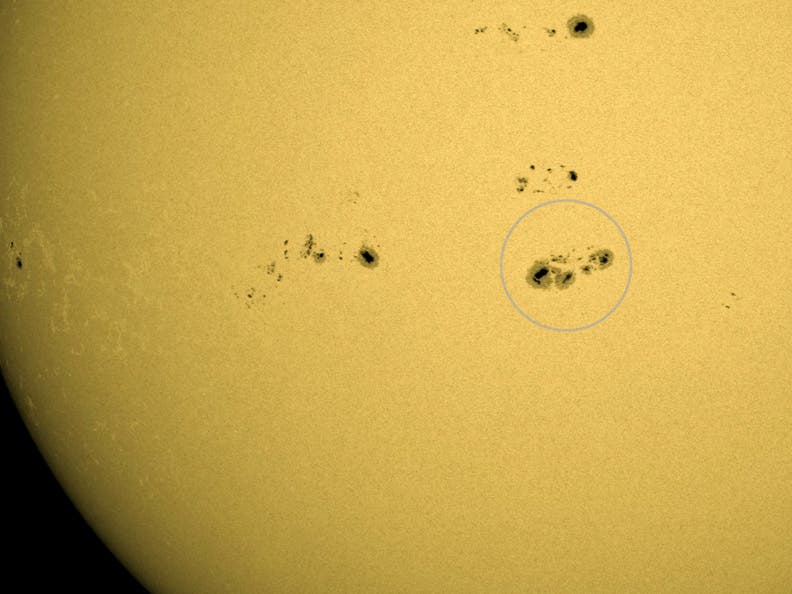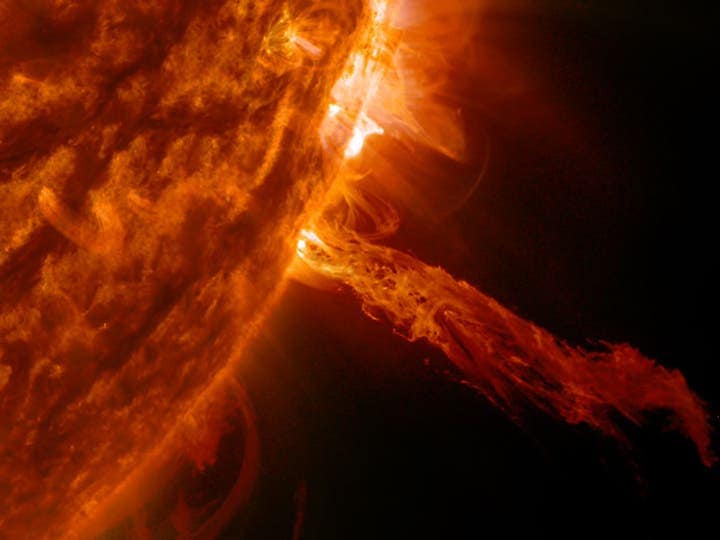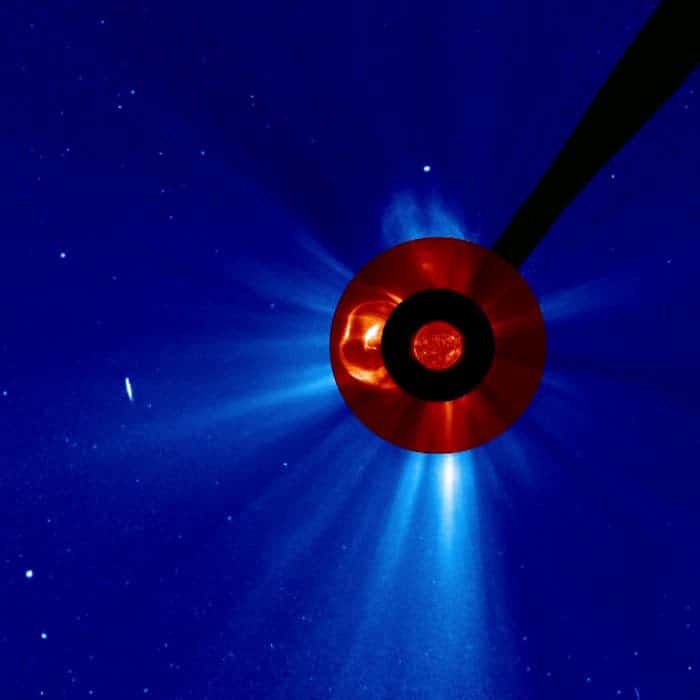It’s a historic day for NASA’s project: the Solar Dynamics Observatory has taken its 100,000,000th photo! The mission, which has been in continuous operation since 2010 has greatly contributed to our understanding of the Sun and the Sun-Earth relationship.
The Solar Dynamics Observatory (SDO) is the first mission in NASA’s Living With a Star program. The program aims to understand solar phenomena, as well as their variability and impact on Earth. SDO studies the solar atmosphere on small scales of space and time, and in many wavelengths simultaneously. The data also helps astronomers understand why the Sun’s magnetic field is constantly changing and shifting – this can have significant effects on Earth, disturbing satellites and causing power outages.
The instrument racked up its millionth shot at 12:49 p.m. ET on Jan. 19 after approximately five years of action. It gave a mysterious indication a few days ago about the number “100,000,000”, but I didn’t know what it’s about then:
“The number 100,000,000 has been on my mind this week, especially as Monday approaches. If I traveled 100,000,000 miles I could have gone to the Sun and been 7,000,000 miles on my way home by now. 100,000,000 seconds ago was Nov. 19, 2011, a day without great significance in my calendar. 100,000,000 people lived in the USA in 1914. Here’s a hint. SDO started returning science data on May 1, 2010. Tune in next week to find out what’s up with 100,000,000!”.
Well, now we know. It’s a remarkable achievement for a remarkable program, one which promises to go on for many more years.
SDO features three scientific experiments:
- Atmospheric Imaging Assembly (AIA)
- EUV Variability Experiment (EVE)
- Helioseismic and Magnetic Imager (HMI)
You can tune in to what the SDO is up to on its page. Here’s a gallery of just a few pictures from the 100,000,000, but before you look at it, just let your mind ponder this for a moment: we have a project in outer space taking pictures of the Sun. It took 100 million pictures in just 5 years.






















